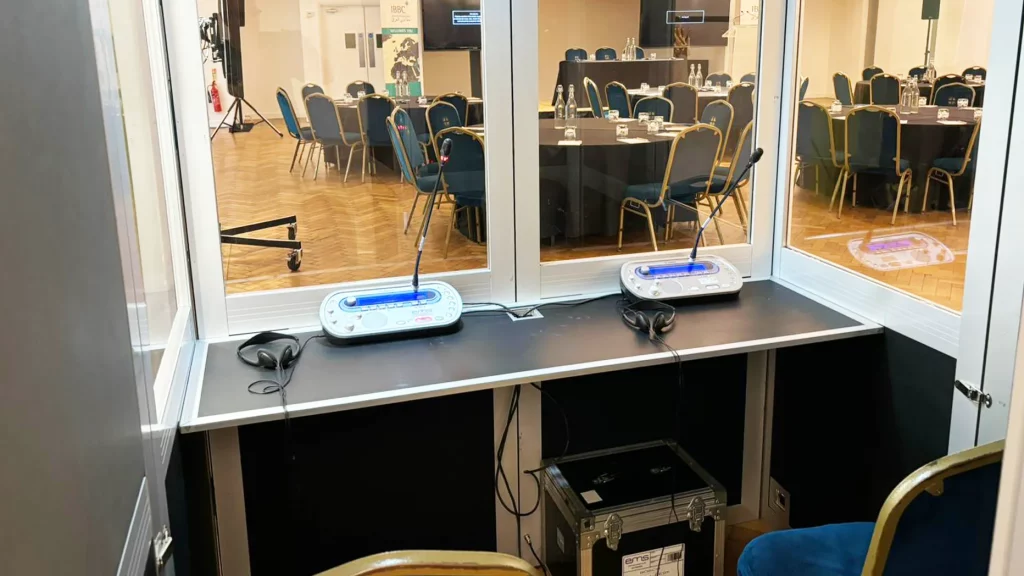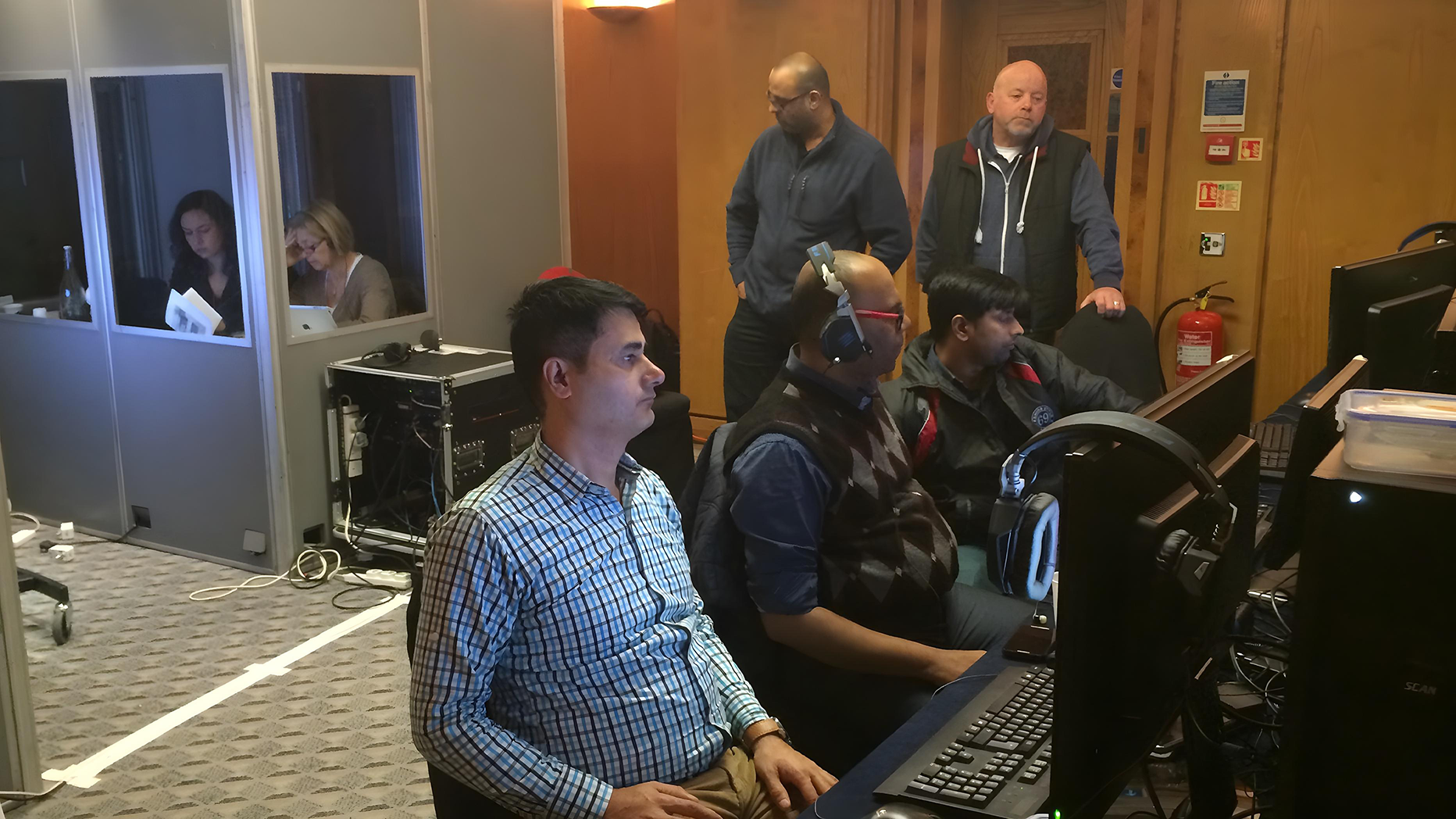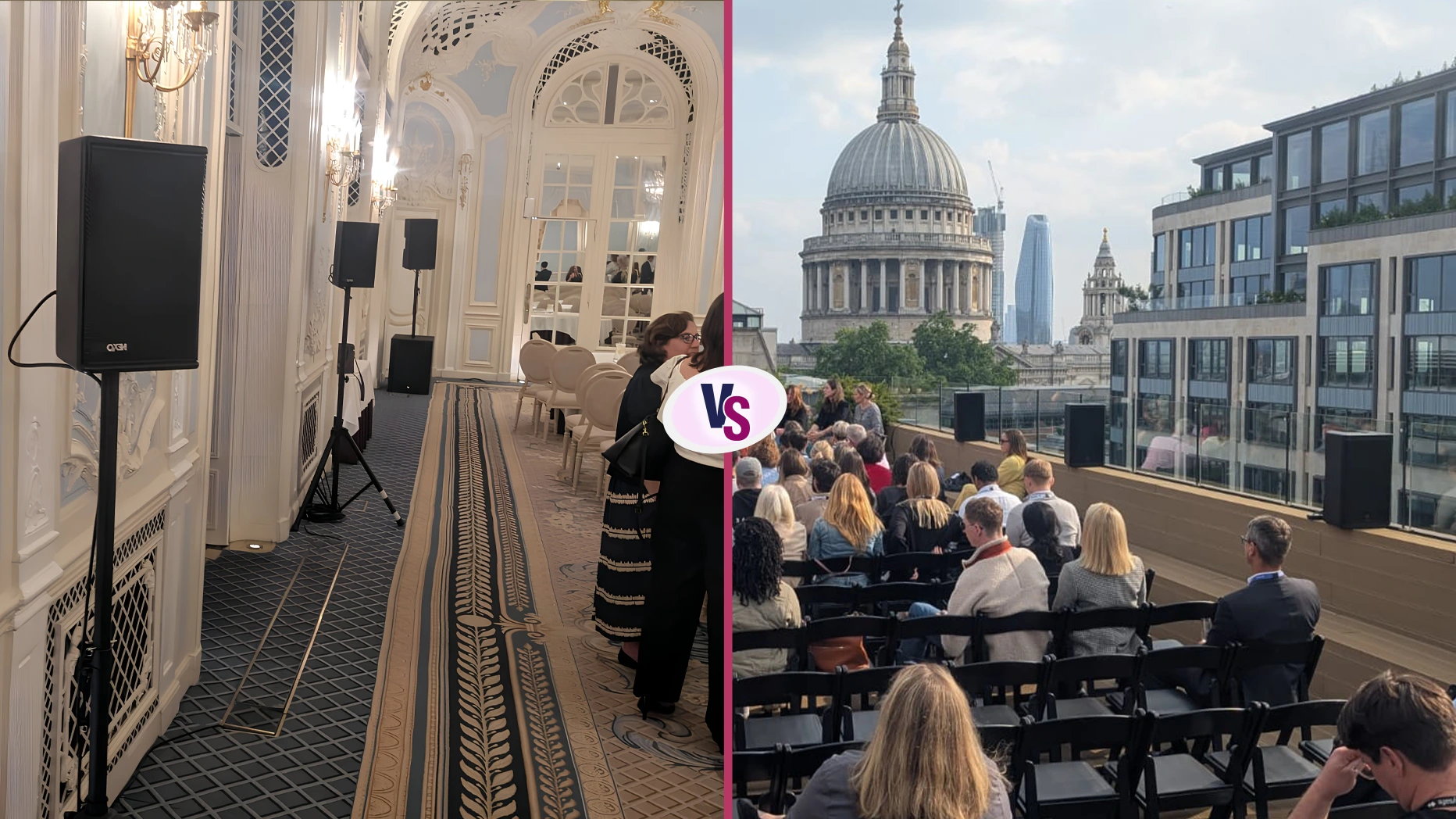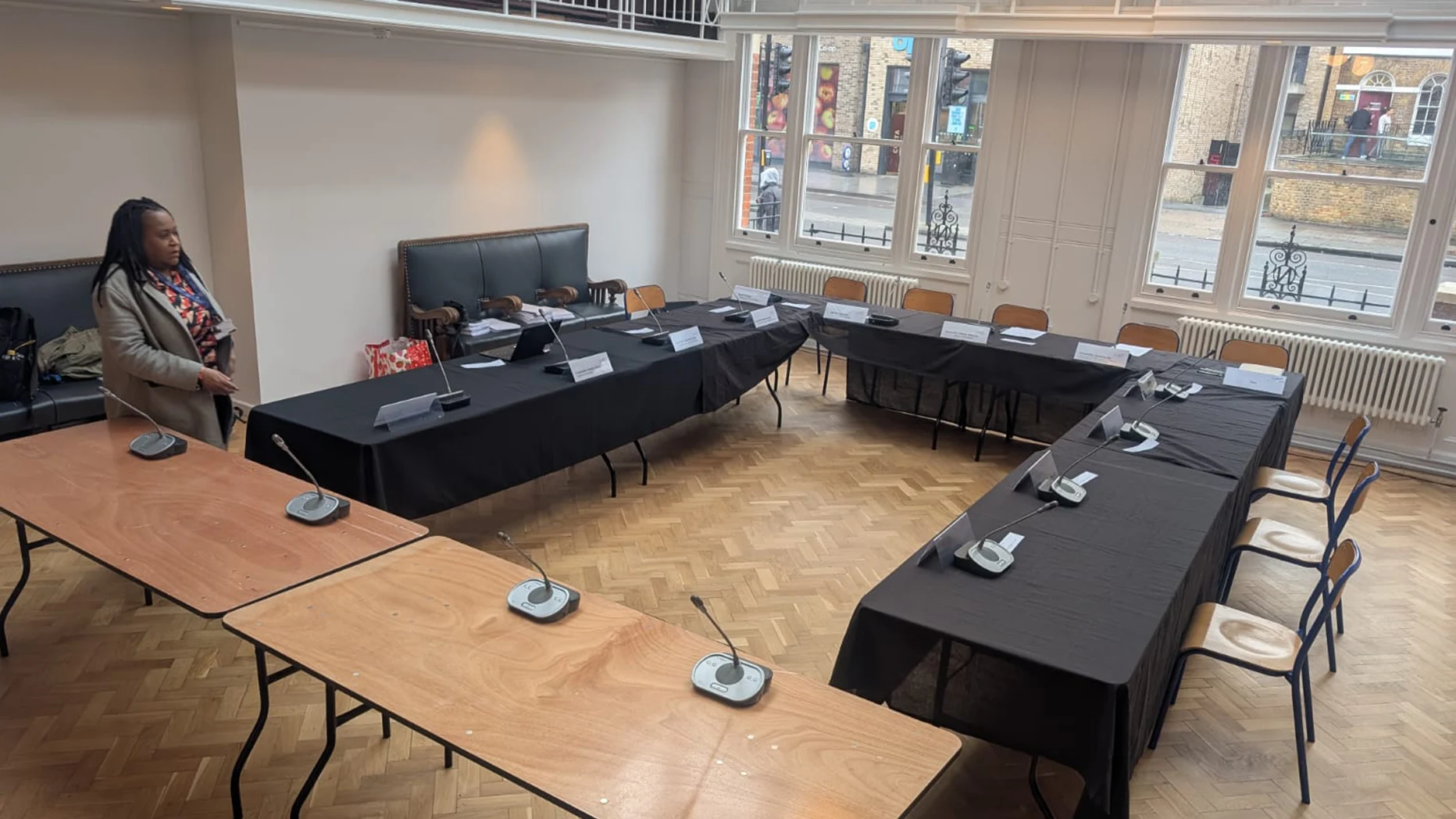You’ve probably seen it before: delegates in suits wearing headsets, listening intently as someone speaks from the stage in a different language. Or maybe you’ve tuned into a live global summit, where different voices echo across languages in perfect rhythm. Behind those moments is something most people overlook: conference interpretation.
It’s not flashy. It’s not loud. But it’s the reason why a Korean delegate can respond to a question from a French panellist. Why a Brazilian entrepreneur can pitch to investors in London. Why collaboration across borders doesn’t stop at language.
Conference interpretation isn’t just about words, it’s about connection. And in today’s global arena, it’s indispensable.
How does conference interpretation work in real-time?
Conference interpretation refers to the real-time oral translation of spoken language at conferences, meetings, or events. It allows participants who speak different languages to communicate instantly, without delays, confusion, or miscommunication.
Unlike translation, which deals with written text, interpretation is live and spoken. Interpreters listen to a speaker in one language and deliver the same message in another, almost simultaneously. This process keeps communication flowing smoothly, even in complex multilingual settings.
Core modes of interpretation include:
- Simultaneous interpretation: Real-time delivery used in large, formal settings.
- Consecutive interpretation: The Interpreter speaks after the speaker finishes a segment.
- Whispered interpretation: Interpreter quietly relays the message beside the listener.
- Remote simultaneous interpretation (RSI): Interpretation provided via digital platforms.
Each method is selected based on the audience size, technical setup, and event format.
Why does conference interpretation matter?
When international dialogue happens, interpretation is the glue holding it together. It ensures not just that words are exchanged, but that meaning, nuance, and intent are carried across borders.
Enables global collaboration
At diplomatic summits, international trade expos, or scientific panels, participants bring not only diverse ideas but diverse languages. Interpretation allows them to:
- Share insights without linguistic limitations.
- Understand others clearly.
- Engage in meaningful discussions.
Whether it’s climate talks or tech innovation conferences, multilingual interpreting services help stakeholders work toward common goals.
Increases engagement and focus
When participants hear content in their native language, they’re more engaged and responsive. Interpretation creates a sense of inclusion that:
- Enhances concentration and understanding.
- Reduces cognitive fatigue from processing foreign languages.
- Improves overall satisfaction and participation.
In business settings, this can lead to more productive negotiations. In educational settings, it supports better learning outcomes.
Preserves accuracy and intent
In sectors like law, medicine, or finance, exact wording matters. Professional interpreters are trained to:
- Use correct technical terminology.
- Reflect tone, emphasis, and cultural nuances.
- Avoid errors that could lead to legal or diplomatic consequences.
They don’t just translate, they interpret context, emotion, and subtle meaning.
Enhances accessibility and inclusion
Conference interpreting services open doors for those who might otherwise be excluded. They ensure that:
- Non-native speakers can fully participate.
- Hearing-impaired attendees can access sign language interpretation.
- Smaller language communities feel seen and heard.
This creates a more equitable experience and enhances the event’s reputation for inclusivity.
Types of conference interpretation
Different events have different needs. That’s why there’s more than one method of interpretation. Here’s how each type works—and when it’s most effective:
Simultaneous interpretation
This is the gold standard for large-scale, multilingual events. Interpreters work from soundproof booths, listening to the speaker through headphones and speaking into a microphone at the same time. The audience hears the interpretation via wireless receivers, often with a split-second delay.
Best for:
- International summits.
- Large corporate conferences.
- UN-style assemblies.
- Multilingual online events.
Advantages:
- Real-time communication.
- No interruptions or pauses.
- Suitable for large, fast-paced events.
Simultaneous interpretation requires significant skill and mental agility. Interpreters typically work in pairs, alternating every 20–30 minutes to manage cognitive load.
Consecutive interpretation
Here, the speaker pauses every few minutes to allow the interpreter to translate what was said. The interpreter may take notes to ensure accuracy and deliver the message segment by segment.
Best for:
- Press conferences.
- Board meetings.
- Legal proceedings.
- Medical discussions.
Advantages:
- Allows for more detailed interpretation.
- No need for special equipment.
- More personal interaction between parties.
While slower than simultaneous interpretation, this method allows for greater depth and clarity, especially in sensitive or technical discussions.
Whispered interpretation (chuchotage)
This low-tech but powerful method involves the interpreter sitting close to the listener and whispering the translation in real time.
Best for:
- Small, informal meetings.
- VIP attendees.
- Courtroom scenarios.
Advantages:
- Discreet and quick to set up.
- Requires no technical setup.
- Ideal for one or two listeners.
Though efficient, it can be physically taxing for interpreters and disruptive in quiet settings if not handled carefully.
Remote Simultaneous Interpretation (RSI)
Thanks to digital platforms like Zoom, KUDO, and Interprefy, interpreters can now provide services remotely from anywhere in the world. RSI is becoming the preferred choice for virtual and hybrid events.
Best for:
- Virtual summits.
- Webinars with international panels.
- Hybrid corporate events.
Advantages:
- Access to a global pool of interpreters.
- No need for on-site booths or travel.
- Scalable to multiple languages simultaneously.
It’s cost-effective, fast to implement, and ideal for today’s global digital meetings.
Who are conference interpreters?
Conference interpreters are not just bilingual, they’re highly trained communication specialists. They must process, understand, and reproduce spoken messages in real time while navigating tone, culture, and emotion.
Essential skills include:
- Native-level fluency in at least two languages.
- Quick thinking and split-second decision-making.
- Strong memory and note-taking ability.
- Cultural sensitivity and global awareness.
- Emotional control and professionalism under pressure.
Most interpreters specialise in fields like international law, medicine, or economics. They often train for years and hold certifications from organisations like AIIC or the United Nations.
Because of the intense mental demands, interpreters work in teams, switching every 20–30 minutes. This ensures sustained quality and protects against fatigue-related errors.
When should you hire interpreting services?
If you’re planning a multilingual event, interpreting should never be an afterthought. Ask yourself:
- Will attendees speak different native languages?
- Is live, seamless communication important?
- Are the stakes high, financially, legally, or diplomatically?
- Do you want to ensure accessibility and inclusion?
If the answer is yes to any of these, conference interpreting services will likely be essential to the success of your event.
Final thoughts: Language is a connection
Conference interpretation is more than a technical skill—it’s a human bridge. It connects ideas, builds relationships, and allows collaboration without limits. In a world defined by globalisation, it’s not just useful—it’s vital.
Whether you’re running a 10-person negotiation or a 10,000-person summit, interpreting ensures that no voice is left behind. It transforms confusion into clarity, silence into dialogue.
So next time you’re planning an international event, remember: the real magic doesn’t just happen on stage. It happens in the booth, in the headset, in the ear of someone who otherwise wouldn’t understand.
That’s the power of conference interpretation.






